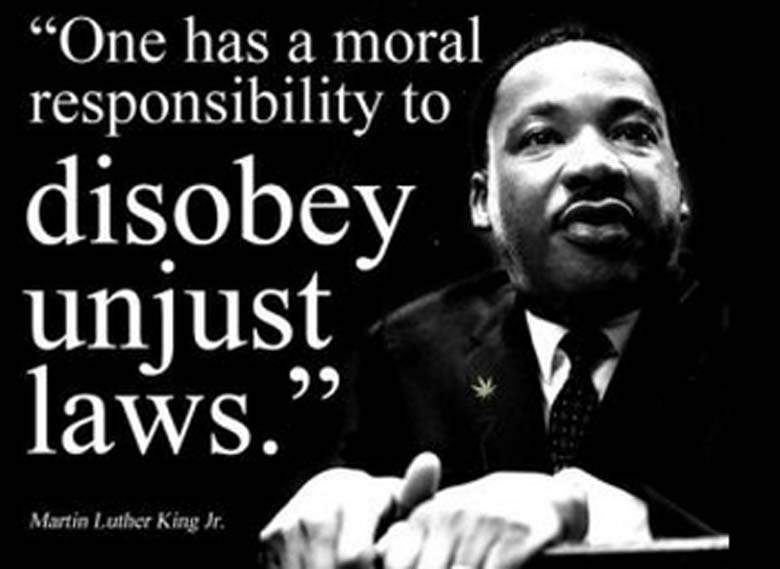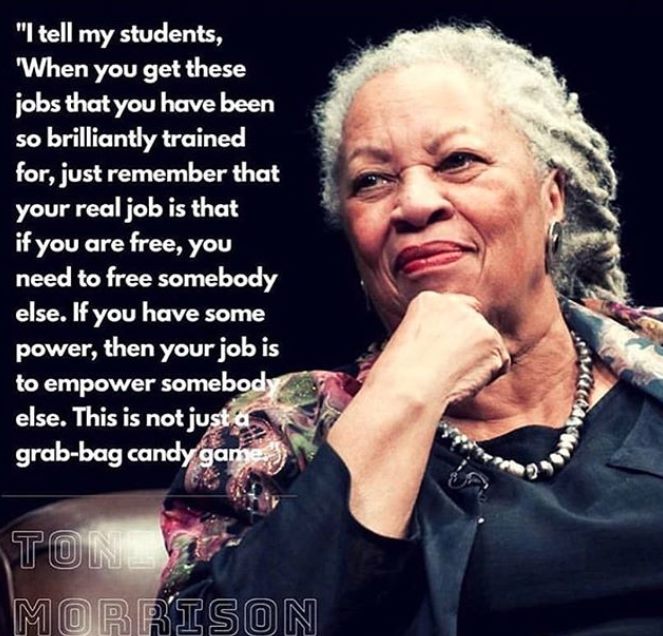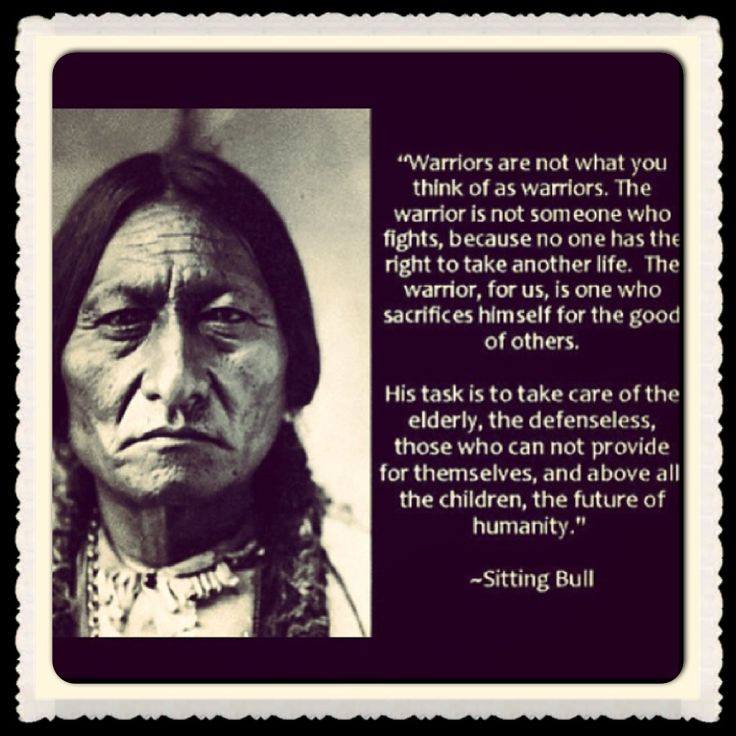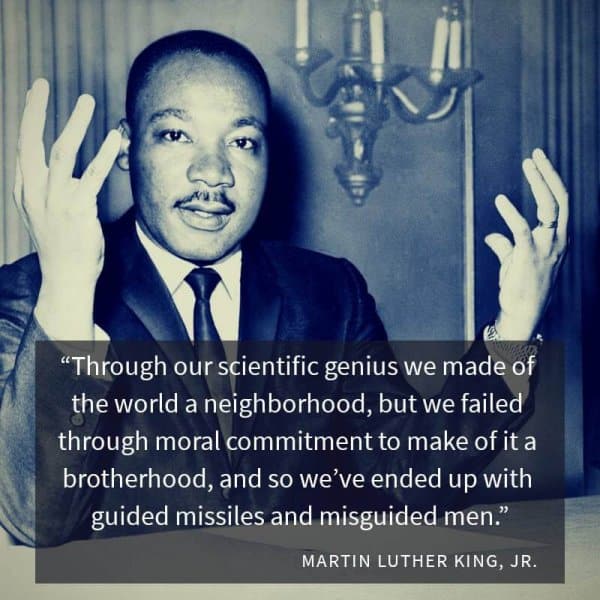Blog
Abell 370 is a galaxy cluster located nearly 5 billion light-years away from the Earth (at redshift z = 0.375), in the constellation Cetus. Its core is made up of several hundred galaxies. It was catalogued by George Abell, and is the most distant of the clusters he catalogued.
In the 1980s astronomers of Toulouse Observatory discovered a gravitational lens in space between Earth and Abell 370 using the Canada-France-Hawaii Telescope. A curious arc had been observed earlier near the cluster, but the astronomers were able to recognize it as this phenomenon.

Don Van Vliet (born Don Glen Vliet; January 15, 1941 – December 17, 2010) was an American singer, songwriter, multi-instrumentalist, and visual artist best known by the stage name Captain Beefheart. Conducting a rotating ensemble known as the Magic Band, he recorded 13 studio albums between 1967 and 1982. His music blended elements of blues, free jazz, rock, and avant-garde composition with idiosyncratic rhythms, absurdist wordplay, and Vliet’s gravelly singing voice with a wide vocal range. Renowned as an enigmatic persona, Beefheart frequently constructed myths about his life and was known to exercise an almost dictatorial control over his supporting musicians. Although he achieved little commercial success, he sustained a cult following as an influence on an array of experimental rock and punk-era artists.
A sculpting prodigy in his childhood, Van Vliet developed an interest in blues, R&B, and jazz during his teen years in Lancaster, California, and formed “a mutually useful but volatile” friendship with musician Frank Zappa, with whom he sporadically competed and collaborated. He began performing in his Captain Beefheart persona in 1964 and joined the original Magic Band line-up, initiated by Alexis Snouffer, the same year. The group released their debut album Safe as Milk in 1967 on Buddah Records. After being dropped by two consecutive record labels they signed to Zappa’s Straight Records, where they released 1969’s Trout Mask Replica; the album would later rank 58th in Rolling Stone magazine’s 2003 list of the 500 greatest albums of all time. In 1974, frustrated by a lack of commercial success, he pursued a more conventional rock sound, but the ensuing albums were critically panned; this move, combined with not having been paid for a European tour, and years of enduring Beefheart’s abusive behavior, led the entire band to quit.
Beefheart eventually formed a new Magic Band with a group of younger musicians and regained critical approval through three final albums: Shiny Beast (1978), Doc at the Radar Station (1980) and Ice Cream for Crow (1982). Van Vliet made few public appearances after his retirement from music in 1982. He pursued a career in art, an interest that originated in his childhood talent for sculpture, and a venture that proved to be his most financially secure. His abstract expressionist paintings and drawings command high prices, and have been exhibited in art galleries and museums across the world. Van Vliet died in 2010, having had multiple sclerosis for many years.
more...Ida Lewis “Queen Ida” Guillory (born January 15, 1929 Lake Charles, LA) is a Louisiana Creoleaccordionist. She was the first female accordion player to lead a zydeco band.Queen Ida’s music is an eclectic mix of R&B, Caribbean, and Cajun, though the presence of her accordion always keeps it traditional.
more...Earl Zebedee Hooker (January 15, 1930 – April 21, 1970 Quitman County, MS) was a Chicago bluesguitarist known for his slide guitar playing. Considered a “musician’s musician”, he performed with blues artists such as Sonny Boy Williamson II, Junior Wells, and John Lee Hooker and fronted his own bands. An early player of the electric guitar, Hooker was influenced by the modern urban styles of T-Bone Walker and Robert Nighthawk. He recorded several singles and albums as a bandleader and with other well-known artists. His “Blue Guitar”, a slide guitar instrumental single, was popular in the Chicago area and was later overdubbed with vocals by Muddy Waters as “You Shook Me“.
In the late 1960s, Hooker began performing on the college and concert circuit and had several recording contracts. Just as his career was on an upswing, he died in 1970, at age 40, after a lifelong struggle with tuberculosis. His guitar playing has been acknowledged by many of his peers, including B.B. King, who commented, “to me he is the best of modern guitarists. Period. With the slide he was the best. It was nobody else like him, he was just one of a kind”. Hooker died on April 21, 1970, at age 40, of complications due to tuberculosis. He is interred in Restvale Cemetery, in the Chicago suburb of Alsip.
more...Eugene Bertram Krupa (January 15, 1909 – October 16, 1973 Chicago) was an American jazz drummer, bandleader, and composer. Krupa is widely regarded as one of the most influential drummers in the history of popular music. His drum solo on Benny Goodman‘s 1937 recording of “Sing, Sing, Sing” elevated the role of the drummer from that of an accompanist to that of an important solo voice in the band.
In collaboration with the Slingerland drum- and Zildjian cymbal-manufacturers, he became a major force in defining the standard band-drummer’s kit. Modern Drummer magazine regards Krupa as “the founding father of modern drumset playing”.
Upon his death, The New York Times labeled Krupa a “revolutionary” known for “frenzied, flashy” drumming, with his work having generated a significant musical legacy that started “in jazz and has continued on through the rock era”.
In 1973, Krupa died in Yonkers at the age 64 from heart failure, though he also had leukemia and emphysema. He is buried in Holy Cross Cemetery in Calumet City, Illinois.
more...Why is Polaris called the North Star? First, Polaris is the nearest bright star toward the north spin axis of the Earth. Therefore, as the Earth turns, stars appear to revolve around Polaris, but Polaris itself always stays in the same northerly direction — making it the North Star. Since no bright star is near the south spin axis of the Earth, there is currently no bright South Star. Thousands of years ago, Earth’s spin axis pointed in a slightly different direction so that Vega was the North Star. Although Polaris is not the brightest star on the sky, it is easily located because it is nearly aligned with two stars in the cup of the Big Dipper. Polaris is near the center of the five-degree wide featured image, a digital composite of hundreds of exposures that brings out faint gas and dust of the Integrated Flux Nebula (IFN) all over the frame. The surface of Cepheid Polaris slowly pulsates, causing the famous star to change its brightness by a few percent over the course of a few days.

Kenneth Vincent John Wheeler, OC (14 January 1930 – 18 September 2014) was a Canadian composer and trumpet and flugelhorn player, based in the U.K. from the 1950s onwards.
Most of his performances were rooted in jazz, but he was also active in free improvisation and occasionally contributed to rock music recordings. Wheeler wrote over one hundred compositions and was a skilled arranger for small groups and large ensembles.
Wheeler was the patron of the Royal Academy Junior Jazz course.
more...Grady Tate (January 14, 1932 – October 8, 2017 durham, NC) was an American jazz and soul-jazz drummer and baritone vocalist. In addition to his work as sideman, Tate released many albums as leader and lent his voice to songs in the animated Schoolhouse Rock!series. He received two Grammy nominations.
Grady Tate’s drumming helped to define a particular hard bop, soul jazz and organ trio sound during the mid-1960s and beyond. His slick, layered and intense sound is instantly recognizable for its understated style in which he integrates his trademark subtle nuances with sharp, crisp “on top of the beat” timing (in comparison to playing slightly before, or slightly after the beat). The Grady Tate sound can be heard prominently on many of the classic Jimmy Smith and Wes Montgomery albums recorded on the Verve label in the 1960s.
During the 1970s, Tate was a member of the New York Jazz Quartet. In 1981, he played drums and percussion for Simon and Garfunkel’s Concert in Central Park.
As a sideman, Tate played with musicians including Jimmy Smith, Astrud Gilberto, Ella Fitzgerald, Duke Ellington, Count Basie, Rahsaan Roland Kirk, Quincy Jones, Stan Getz, Cal Tjader, Wes Montgomery, Eddie Harris, J.J. Johnson, Kai Winding and Michel Legrand.
more...Allen Richard Toussaint (January 14, 1938 – November 10, 2015 Gert Town NOLA) was an American musician, songwriter, arranger, and record producer. He was an influential figure in New Orleans rhythm and blues from the 1950s to the end of the century, described as “one of popular music’s great backroom figures.” Many musicians recorded Toussaint’s compositions. He was a producer for hundreds of recordings: the best known are “Right Place, Wrong Time“, by longtime friend Dr. John, and “Lady Marmalade” by Labelle.
In 1960, Joe Banashak, of Minit Records and later Instant Records, hired Toussaint as an A&R man and record producer. He did freelance work for other labels, such as Fury. Toussaint played piano, wrote, arranged and produced a string of hits in the early and mid-1960s for New Orleans R&B artists such as Ernie K-Doe, Chris Kenner, Irma Thomas (including “It’s Raining“), Art and Aaron Neville, The Showmen, and Lee Dorsey, whose first hit “Ya Ya” he produced in 1961.
The early to mid-1960s are regarded as Toussaint’s most creatively successful period.[3] Notable examples of his work are Jessie Hill‘s “Ooh Poo Pah Doo” (written by Hill and arranged and produced by Toussaint), Ernie K-Doe’s “Mother-in-Law”, and Chris Kenner’s “I Like It Like That“. A two-sided 1962 hit by Benny Spellman comprised “Lipstick Traces (on a Cigarette)” (covered by The O’Jays, Ringo Starr, and Alex Chilton) and the simple but effective “Fortune Teller” (covered by various 1960s rock groups, including The Rolling Stones, The Nashville Teens, The Who, The Hollies, The Throb, and The Searchers founder Tony Jackson). “Ruler of My Heart”, written under his pseudonym Naomi Neville, first recorded by Irma Thomas for the Minit label in 1963, was adapted by Otis Redding under the title “Pain in My Heart” later that year, prompting Toussaint to file a lawsuit against Redding and his record company, Stax (the claim was settled out of court, with Stax agreeing to credit Naomi Neville as the songwriter).Redding’s version of the song was also recorded by The Rolling Stones on their second album and was in the Grateful Dead‘s early repertoire. In 1964, “A Certain Girl” (originally by Ernie K-Doe) was the B-side of the first single release by The Yardbirds. The song was released again in 1980 by Warren Zevon, as the single from the album Bad Luck Streak in Dancing School; it reached 57 on Billboard’s Hot 100. Mary Weiss, former lead singer of The Shangri-Las, released it as “A Certain Guy” in 2007. Linda Ronstadtreleased a jazzy version of “Ruler of my Heart” in 1998 on We Ran.
Toussaint credited about twenty songs to his parents, Clarence and Naomi, sometimes using the pseudonym “Naomi Neville”.These include “Fortune Teller”, first recorded by Benny Spellman in 1961, “Pain In My Heart,” first a hit for Otis Redding in 1963, and “Work, Work, Work”, recorded by The Artwoods in 1966. Alison Krauss and Robert Plant covered “Fortune Teller” on their 2007 album Raising Sand.
more...
More Posts
- Clarence Williams Day
- World Fusion with Guo Gan Trio
- Daily Roots with Wailing Souls
- Ginger Baker: Legendary Cream drummer dies aged 80
- The Cosmos with Arp 272
- Larry Young Day
- Mel Brown Day
- Papa Jo Jones Day
- World Music with Giora Feidman
- Daily Roots with Barry Brown
- The Cosmos with Barnard 33
- Millie Small Day
- Tony Allen Day
- Sammy Price Day
- World Fusion with Duplessy & The Violins of the World
- Daily Roots with Freddie McKay
- The Cosmos with ESO 243-49
- Delroy Wilson Day
- Steve Miller Day
- Left Hand Frank Day




